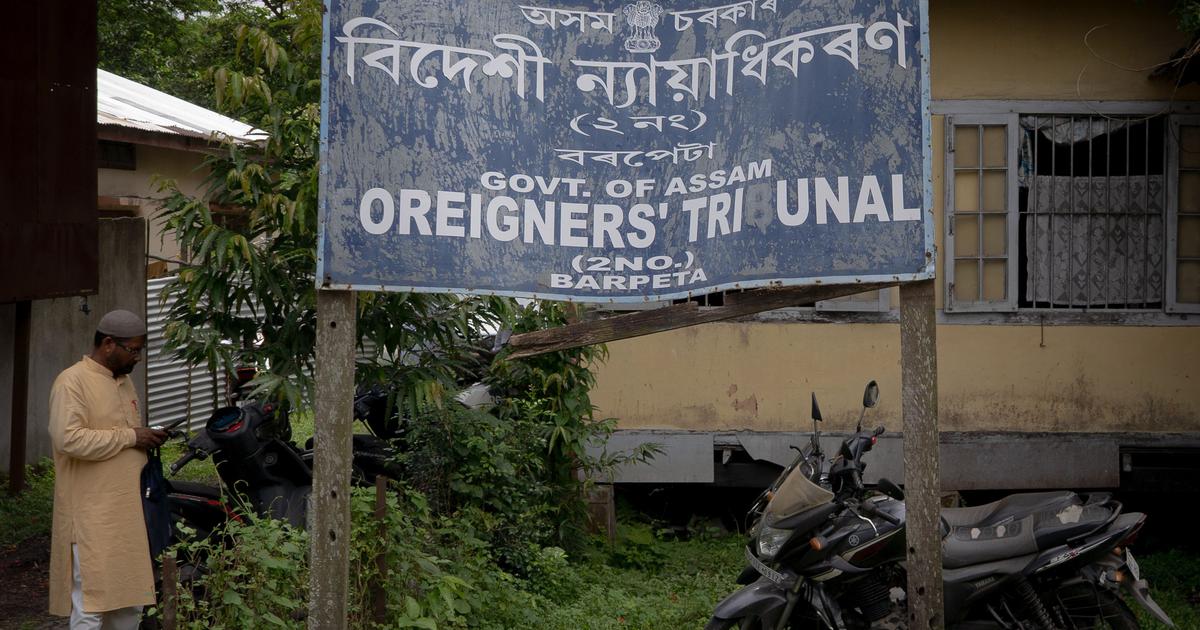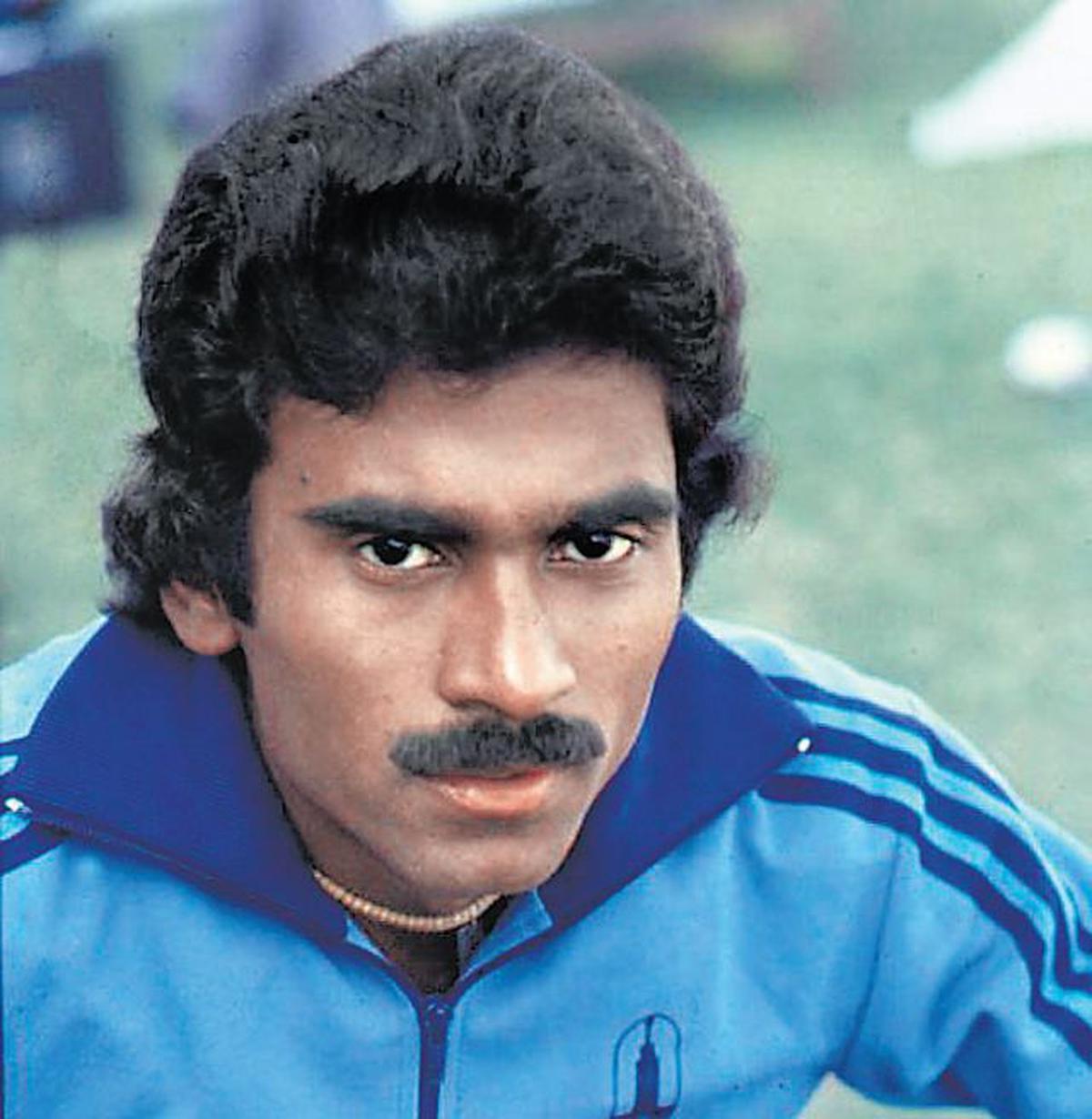By HARTOSH SINGH BAL / The Caravan
THE GENETICS OF INDIA note a remarkable singularity. In the millennium following the arrival of the people from the Eurasian Steppe, around three to four thousand years ago, the Indian population went through a remarkable churning. Almost every Indian today has an admixture of a varying proportion of genes drawn from the steppe people and the existing Indus Valley population. And then, somewhere after a thousand years of intermixing, the churn that produced all of us, froze over.
According to the geneticist David Reich, the result is that, although India has a huge population, it is essentially a large collection of small groups. “The degree of genetic differentiation among Indian jati groups living side by side in the same village is typically two to three times higher than the genetic differentiation between northern and southern Europeans,” Reich notes in an essay. “There are few, if any, Indian groups that are demographically very large.” In contrast, he writes, “The Han Chinese are truly a large population. They have been mixing freely for thousands of years.”
This story was originally published in caravanmagazine.in. Read the full story here






